|
|
|
|
|
|
|
|
Photo Gallery for Ambystoma talpoideum - Mole Salamander
| 14 photos are shown. |
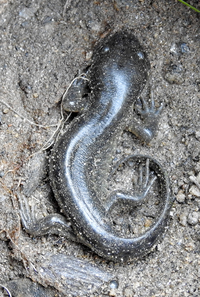 | Recorded by: Emily Stanley
Buncombe Co. |  | Recorded by: Emily Stanley
Buncombe Co. |
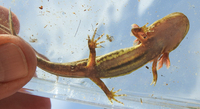 | Recorded by: Emily Stanley
Buncombe Co. | 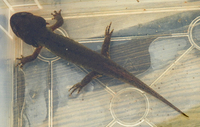 | Recorded by: Emily Stanley
Buncombe Co. |
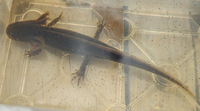 | Recorded by: Emily Stanley
Buncombe Co. |  | Recorded by: R. Spainhour, M. Mabe
Surry Co. |
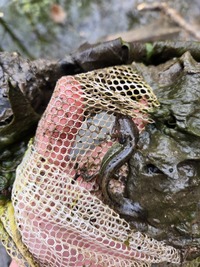 | Recorded by: R. Spainhour, M. Mabe
Surry Co. | 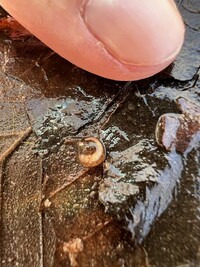 | Recorded by: R. Spainhour
Surry Co. |
 | Recorded by: Max Ramey
Buncombe Co. |  | Recorded by: Max Ramey
Buncombe Co. |
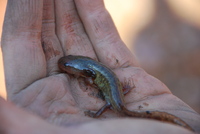 | Recorded by: K. Long
Rockingham Co. |  | Recorded by: K. Long
Rockingham Co. |
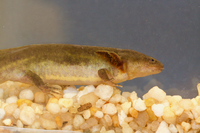 | Recorded by: Jim Petranka
Buncombe Co.
Comment: An overwintering larva from Buncombe Co. |  | Recorded by: Jim Petranka
Buncombe Co. |
|

 »
»


 »
»
